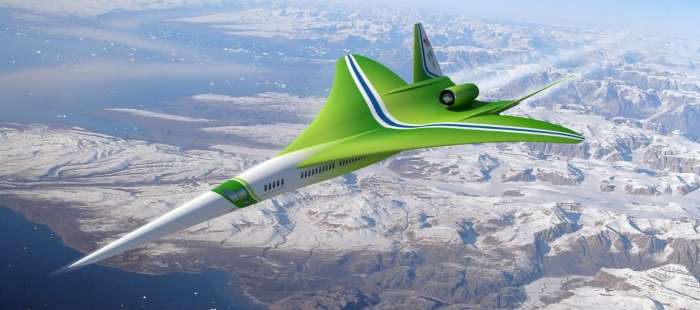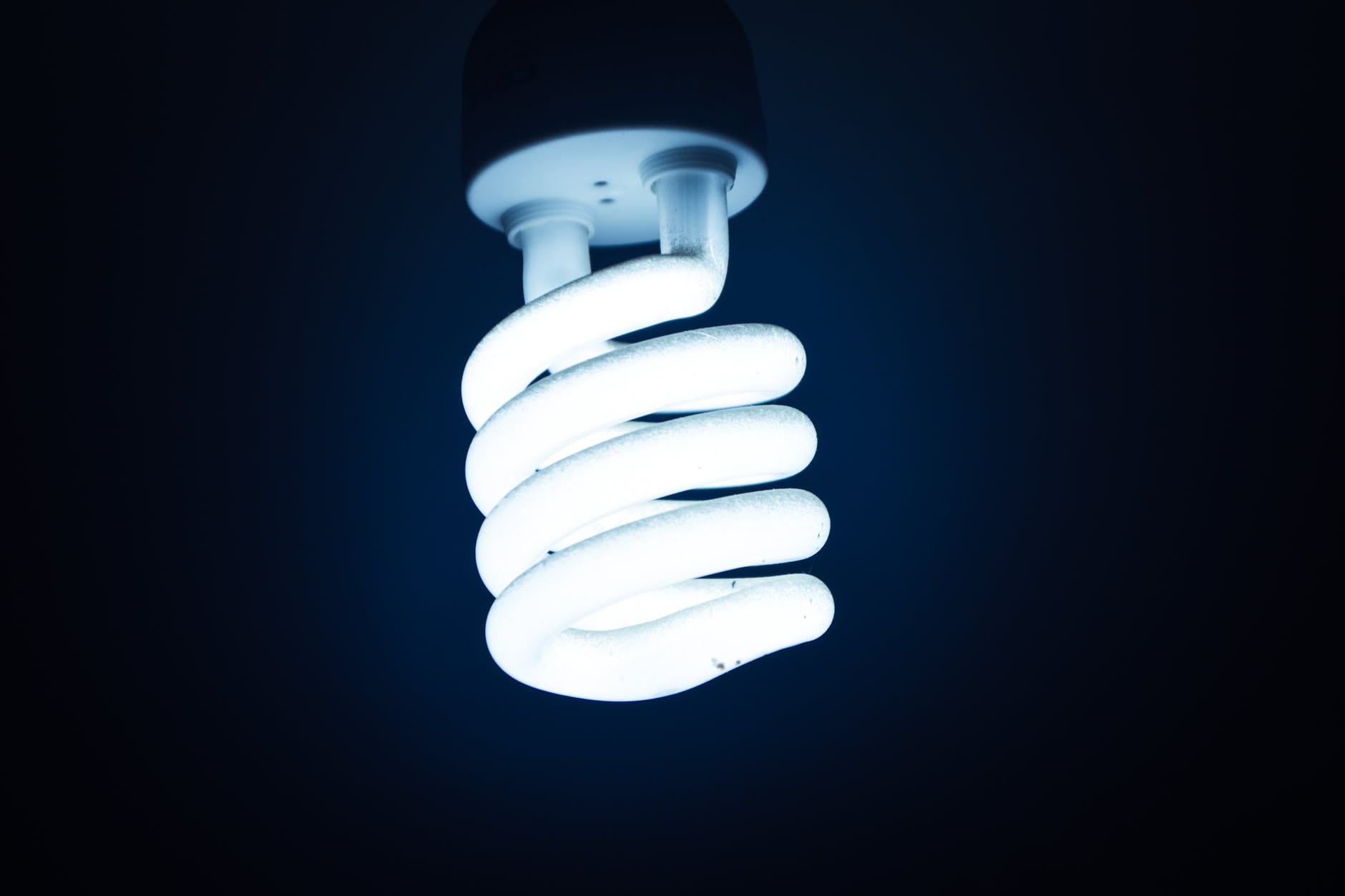Lockheed Martin has been developing the commercial N+2 jet to travel at supersonic speeds (this means it would be faster than the speed of sound) fast enough to transport 80 passengers from New York City To Los Angeles in 2.5 hours, instead of the 5 hours it would take using conventional technology. Unfortunately, this speed is accompanied by a great deal of noise, and i’m not just referring to engine noise, but a sonic boom caused by travelling at supersonic speeds.

Image obtained with thanks from Lockheed Martin.
Lockheed Martin’s website explains it:
One of the major hurdles of commercial supersonic air travel is the noise associated with it. At speeds greater than Mach 1, disturbances of air pressure around the airplane merge to form enormous shock waves resulting in sonic booms. For example, when you hear a car coming, you can hear it before it passes you because you hear increments of that sound continuously over a duration of time. In the case of a supersonic aircraft, you get all that sound over a very short duration of time causing a boom-like effect.
‘To achieve revolutionary reductions in supersonic transportation airport noise, a totally new kind of propulsion system is being developed,’ said Michael Buonanno, Lockheed Martin manager of the NASA N+2 program. ‘We are also exploring new techniques for low noise jet exhaust, integrated fan noise suppression, airframe noise suppression and computer customized airport noise abatement.’
With this technology, Lockheed Martin hopes to make the N+2’s sonic boom levels one hundred times less than that of the famous Concorde, and travel 5,000 nautical miles (5,754 miles).
Fuel Efficiency
For every high-speed vehicle, energy and fuel efficiency are a particularly tremendous problem. According to NASA’s drag equation, higher speeds exponentially result in more drag. Especially at high speeds, drag increases tremendously with every little speed increase. An immense amount of effort is put into the aerodynamic design of high-speed vehicles, which may sometimes result in odd shapes. If Lockheed Martin gets the N+2 to transport 80 passengers without a significant decrease in fuel efficiency, and at a reasonable cost, it would be an impressive breakthrough.
Source: Mashable and Lockheed Martin.








